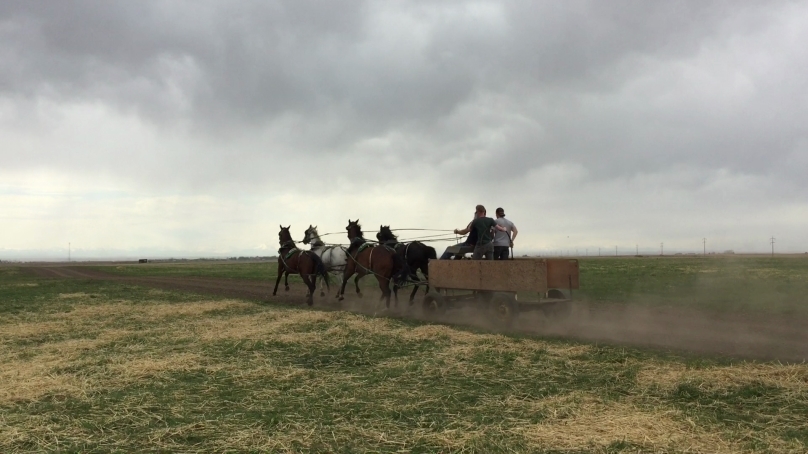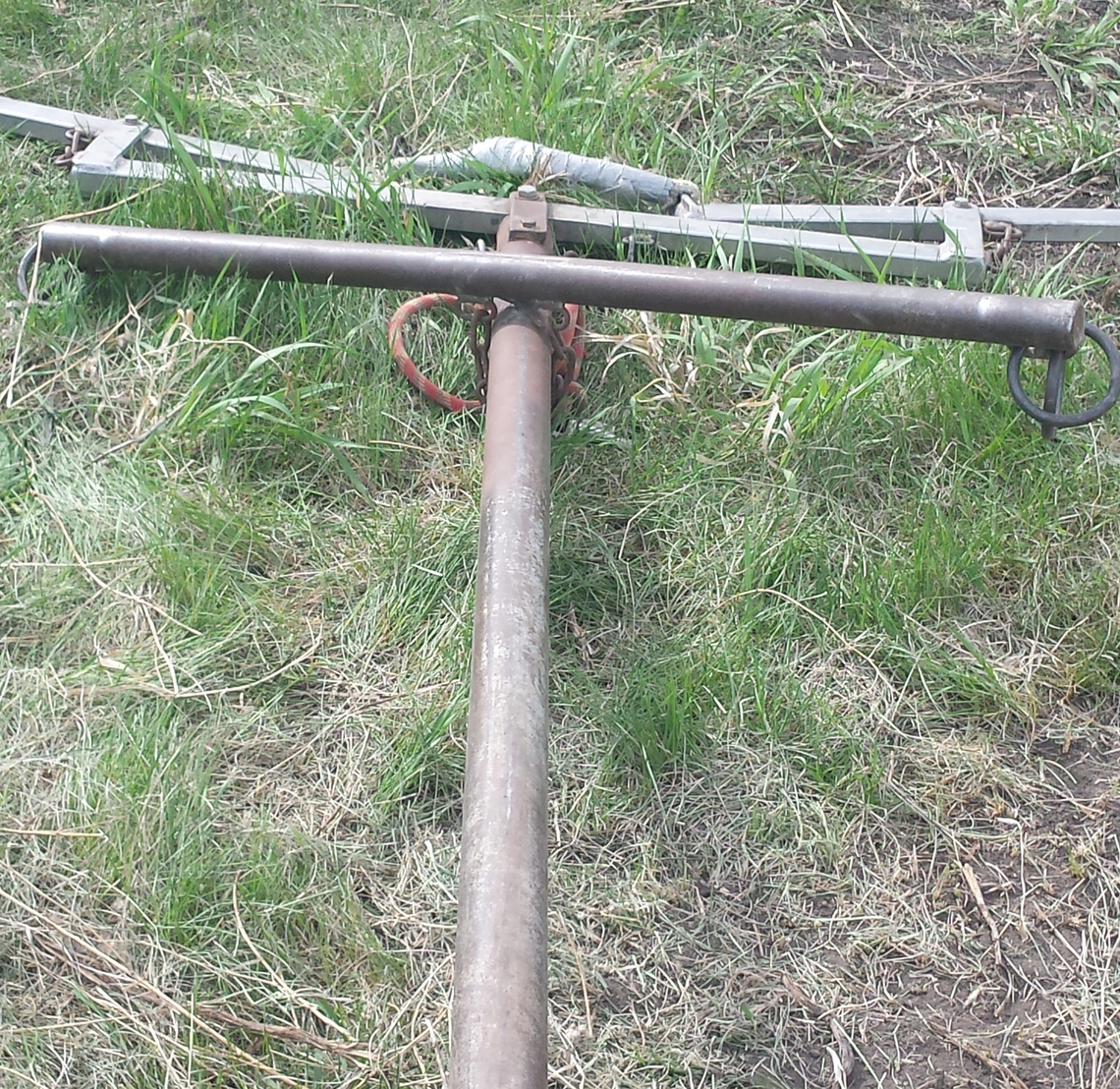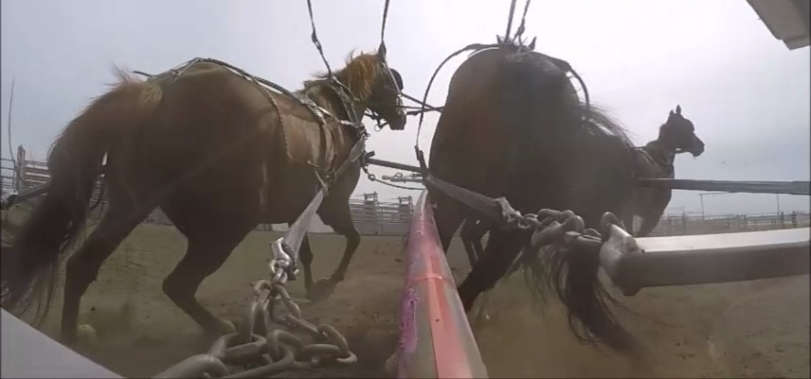Breaking Poles and Tipping Barrels
Thursday, June 1, 2017

Before entering into the Biomedical Engineering (BME) program at U of C, I didn’t realize how many different engineering problems are hiding out in the world, just waiting to be solved. This summer, I’m lucky enough to be able to work towards solving such a problem. Despite being a born and bred Calgarian (and a huge fan of the Calgary Stampede) I had never given much thought to chuckwagon racing before this summer. As of today, I’ve spent a month chasing dust and immersing myself in the crazy world of chuckwagon racing.
My project deals with chuckwagon poles - the metal pipes that extend from the undercarriage of a chuckwagon and attach to the horses. Poles have been known to bend or break during training and competition, leading to wagon wrecks that are dangerous (and potentially fatal) for both the horses and their driver. My goal is to understand why chuckwagon poles fail, how they fail, and to suggest some design changes to reduce the risk of failure.
Currently, Chuckwagon Association (WPCA) only has two specifications for pole design: Poles must be made of metal and they must have a ¼” cable run through them. As you might imagine, this leaves the door open for a huge variety in poles designs. It seems like no two wagon outfits have the same pole design. Most of the poles are made of used steel pipe from the oil industry. Others are made of aluminium tubing. One driver has a chrome molybdenum alloy pole. Some poles are made by professional welders. Other poles are welded together in a farmer’s field. Each pole is constructed differently and fits to the wagon differently. This wide variation in design and construction is what makes this project an interesting challenge.
My first step in trying to understand the world of chuckwagon racing involved a trip out to the High River Rodeo Grounds. Jason Glass was kind enough to let me hang out with the outfit for the day and take some video of a training run from inside the wagon. On the way back to town, I stopped at Jordie Fike’s property to get a look at another outfit in action.
After seeing some chuckwagons in action, I wanted to study the pole’s behavior during a race to see what kind of forces were affecting it. My roommate courageously lent me her GoPro to get some better video of the pole. After buying the biggest roll of duct tape I could find and a case full of GoPro accessories, I was ready to hit the High River track again. Jason let me secure the camera (with liberal amounts of the duct tape) to his wagon pole. The results were fantastic. After reviewing the video, it was clear that the pole experienced the most deformation as the wagon rounded the top barrel. You can see a video of the track day here: https://www.youtube.com/watch?v=NlqnsLOEUUU. It was also apparent that the pole bent more if the wheeler horse hit it while rounding the barrel. Armed with that knowledge, the next step of the project will be to try to get some quantitative data on the pole’s behavior.
A chuckwagon isn’t a friendly place for electronics. It’s a dusty, shaky, wet, and aggressive environment that’s subject to incredible mechanical forces. As you can see from the above picture, it’s also subject to the occasional hit from the hindquarters of a horse. I’ve spent most of the last two weeks in the lab, designing a system that will be able to survive a chuckwagon ride and record useful data about the pole’s deformations. With any luck, I’ll have working tools to collect useful data before the Calgary Stampede. I’ll be posting updates as I go, so please stay tuned.
Wishing you well on the racetrack of life,
Sam
PS. If you’re interested in the project, have any questions, or just want to talk, shoot me an email at pollocks@ucalgary.ca.
Posted by:
Sam Pollock



